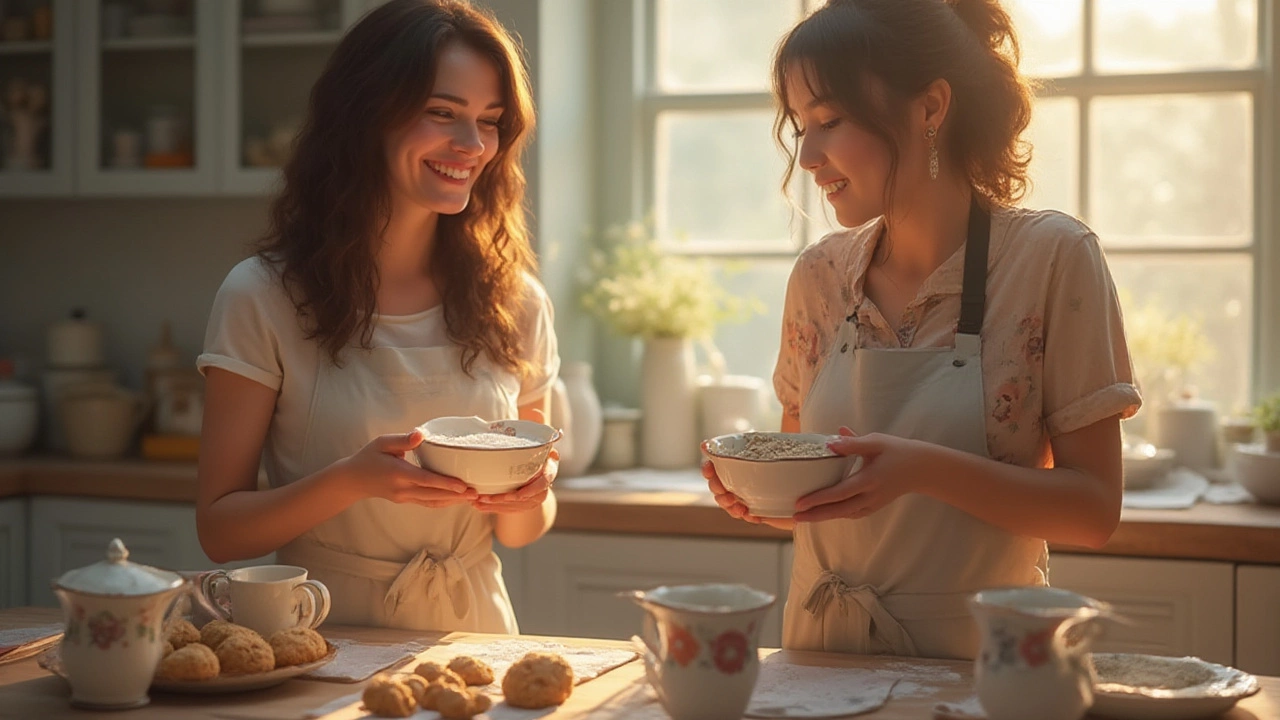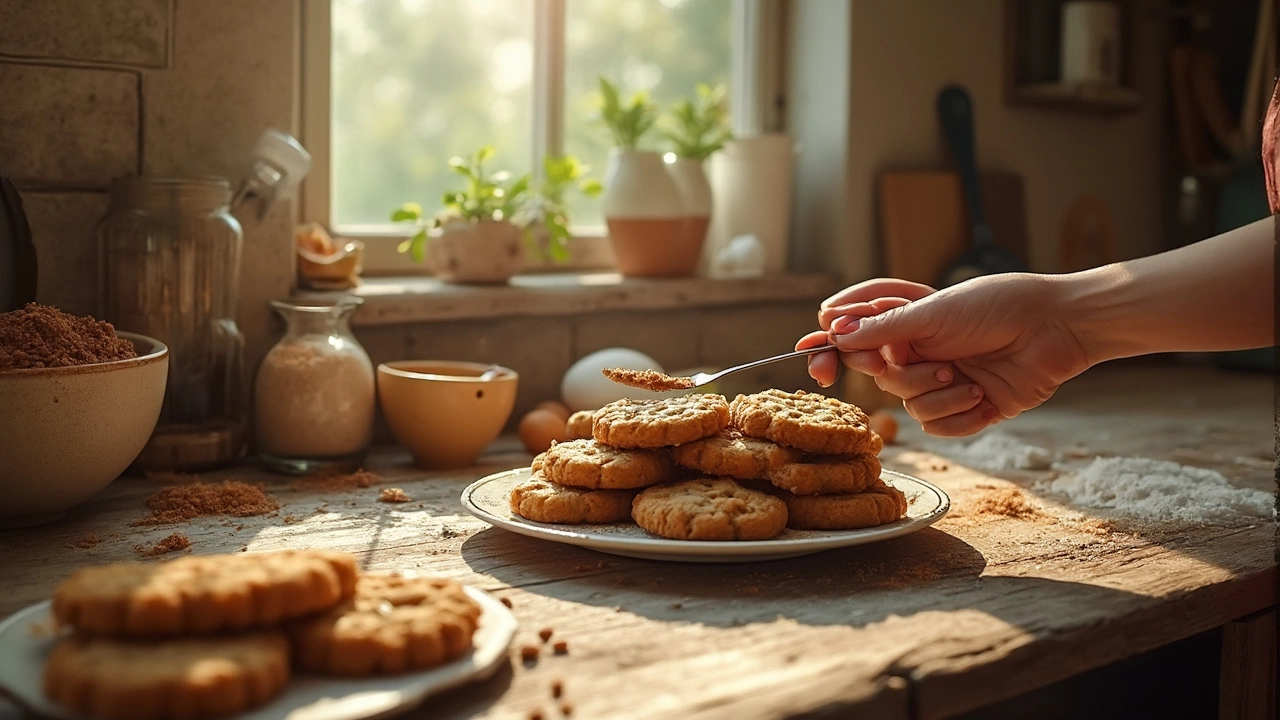
White Sugar vs Brown Sugar: Which Makes Better Cookies?
Uncover whether cookies turn out better with white or brown sugar, and learn tips to perfect your next batch. Find out how your sugar choice really changes your cookies.
Brown sugar isn’t just white sugar with a splash of molasses – it’s a sweetener that adds moisture, color, and a subtle caramel note to almost anything you bake or cook. Whether you’re whipping up chewy brownies, soft cookies, or a silky BBQ glaze, brown sugar can be the secret ingredient that takes your dish from good to great.
First things first: keep brown sugar airtight. A simple zip‑top bag or a container with a tight lid will stop it from drying out. If it does harden, toss a slice of fresh bread or a few apple slices in the container for a day – the moisture will revive it. No need for fancy gadgets, just a little patience.
When a recipe calls for "packed" brown sugar, press it down with the back of a spoon until the cup is full and the sugar holds its shape. This makes sure you’re measuring the right amount of sweetness and moisture.
1. Chewy Cookies – Swap half the white sugar for brown sugar. The extra molasses keeps the dough soft, and you’ll get a richer flavor.
2. Moist Cakes – Add a tablespoon of brown sugar to the batter for a tender crumb. It works especially well in chocolate or spice cakes.
3. Sauces and Glazes – Stir a spoonful of brown sugar into tomato sauce, BBQ sauce, or a simple pan‑deglaze. It balances acidity and adds depth.
4. Breakfast Boost – Sprinkle brown sugar over oatmeal, yogurt, or fresh fruit. It gives a quick caramel kiss without extra calories from syrup.
5. Homemade Granola – Mix brown sugar with oats, nuts, and a bit of oil before baking. The sugar caramelizes, creating crunchy clusters.
Remember, brown sugar is sweeter than white sugar per gram because of the molasses, so you can often use a little less if you prefer a milder taste.
• Don’t overmix batter with brown sugar; it can develop too much gluten, leading to a tough texture. Mix just until combined.
• Adjust baking time slightly when using brown sugar in cookies. The extra moisture may require a minute or two longer for a crisp edge.
• Try light vs. dark. Light brown sugar has a mild caramel flavor, while dark gives a deeper, almost toffee taste. Pick based on how intense you want the flavor.
• Combine with spices. Cinnamon, nutmeg, or ginger pair naturally with brown sugar, making it ideal for holiday treats.
Brown sugar is a versatile pantry staple that can improve texture, flavor, and appearance in a wide range of dishes. Keep it fresh, measure it right, and experiment with the simple swaps above. Your next bake or sauce will thank you for the extra touch of caramel goodness.

Uncover whether cookies turn out better with white or brown sugar, and learn tips to perfect your next batch. Find out how your sugar choice really changes your cookies.

Ever wondered why some cookies turn out chewy and rich while others are crisp and plain? Brown sugar is the secret. It not only affects the flavor of your cookies, but it changes the texture, color, and moisture too. This article breaks down exactly what brown sugar does in cookie recipes. Plus, you'll get handy tips on using brown sugar to bake like a pro.